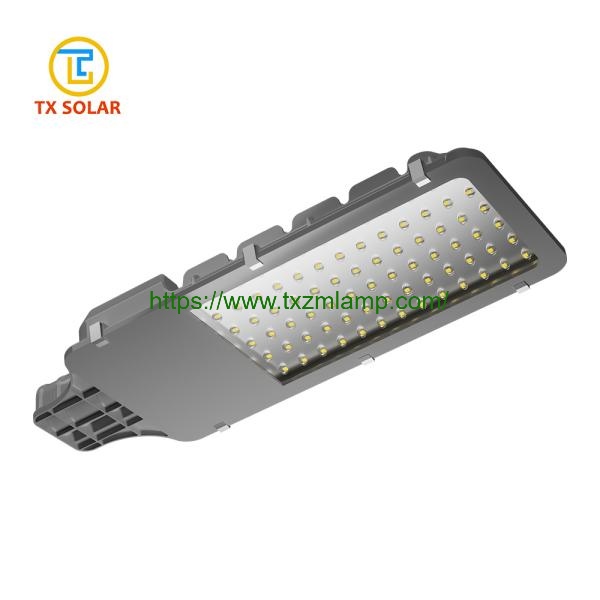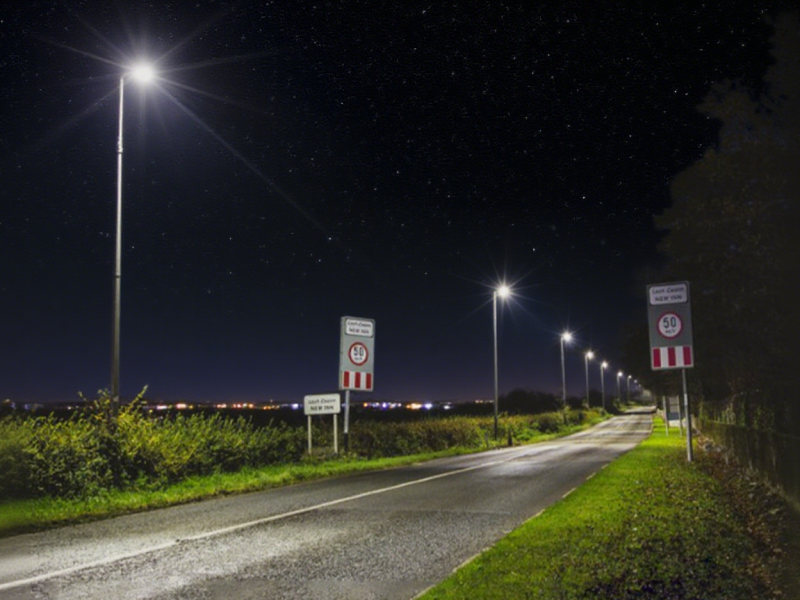With the depletion of global resources, growing environmental concerns, and the growing demand for energy conservation and emission reduction, LED street lights have become the darling of the energy-saving lighting industry, becoming a highly competitive new lighting source. With the widespread use of LED street lights, many unscrupulous vendors are producing substandard LED lights to reduce production costs and earn high profits. Therefore, it is important to be cautious when purchasing street lights to avoid falling into these traps.

TIANXIANG firmly believes that integrity is the cornerstone of our partnership with customers. Our quotes are transparent and unconcealed, and we will not arbitrarily adjust our agreements due to market fluctuations. Parameters are authentic and traceable, and each lamp undergoes rigorous testing for luminous efficacy, power, and lifespan to prevent false claims. We will fully honor our promised delivery times, quality standards, and after-sales service guarantees, ensuring peace of mind throughout the entire cooperation process.
Trap 1: Counterfeit and Low-End Chips
The core of LED lamps is the chip, which directly determines their performance. However, some unscrupulous manufacturers exploit customers' lack of expertise and, for cost reasons, use low-priced chips. This results in customers paying high prices for low-quality products, causing direct financial losses and serious quality issues for the LED lamps.
Trap 2: Falsely Labeling and Exaggerating Specifications
The popularity of solar street lights has also led to lower prices and profits. Intense competition has also led many solar street light manufacturers to cut corners and falsely label product specifications. Issues have arisen in the wattage of the light source, the wattage of the solar panel, the battery capacity, and even the materials used in the solar street light poles. This is, of course, due to customers' repeated price comparisons and their desire for the lowest prices, as well as the practices of some manufacturers.
Trap 3: Poor Heat Dissipation Design and Improper Configuration
Regarding heat dissipation design, every 10°C increase in the PN junction temperature of the LED chip exponentially reduces the lifespan of the semiconductor device. Given the high brightness requirements and harsh operating environments of LED solar street lights, improper heat dissipation can rapidly degrade the LEDs and reduce their reliability. Furthermore, improper configuration often results in unsatisfactory performance.
Trap 4: Copper Wire Passing Off as Gold Wire and Controller Issues
Many LED manufacturers attempt to develop copper alloy, gold-clad silver alloy, and silver alloy wires to replace expensive gold wire. While these alternatives offer advantages over gold wire in some properties, they are significantly less chemically stable. For example, silver and gold-clad silver alloy wires are susceptible to corrosion by sulfur, chlorine, and bromine, while copper wire is susceptible to oxidation and sulfide. For encapsulating silicone, which is similar to a water-absorbent and breathable sponge, these alternatives make the bonding wires more susceptible to chemical corrosion, reducing the reliability of the light source. Over time, LED lamps are more likely to break and fail.
Regarding solar street light controllers, if there is a fault, during testing and inspection, symptoms such as "the entire lamp is off," "the light switches on and off inaccurately," "partial damage," "individual LEDs failing," and "the entire lamp flickers and becomes dimmed."
Post time: Aug-27-2025

